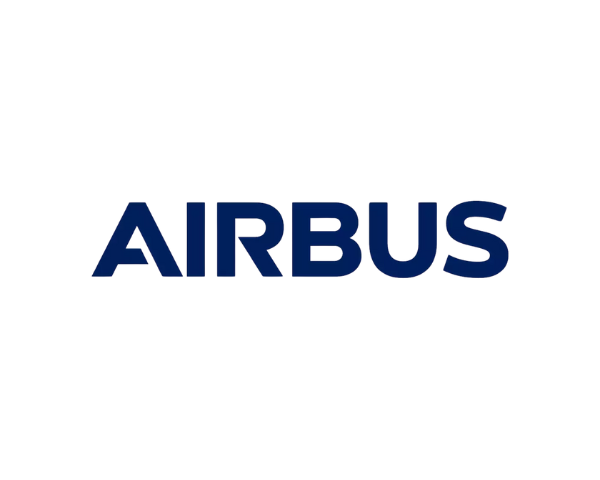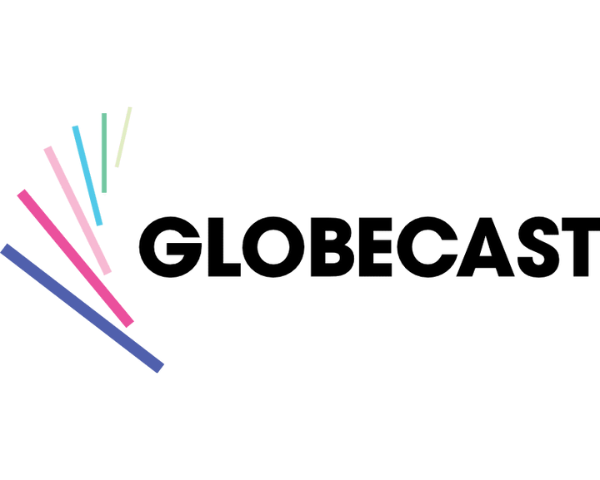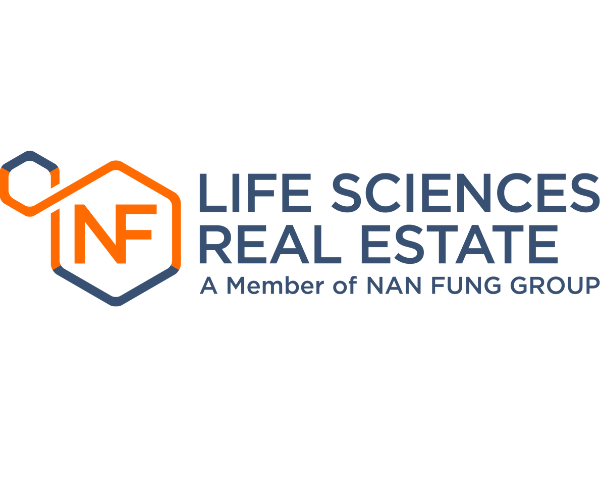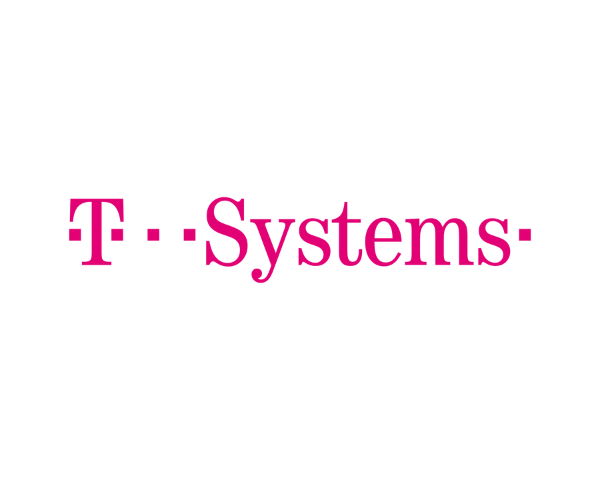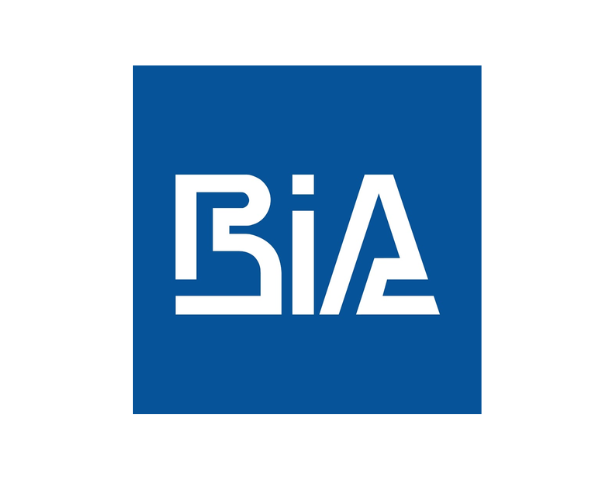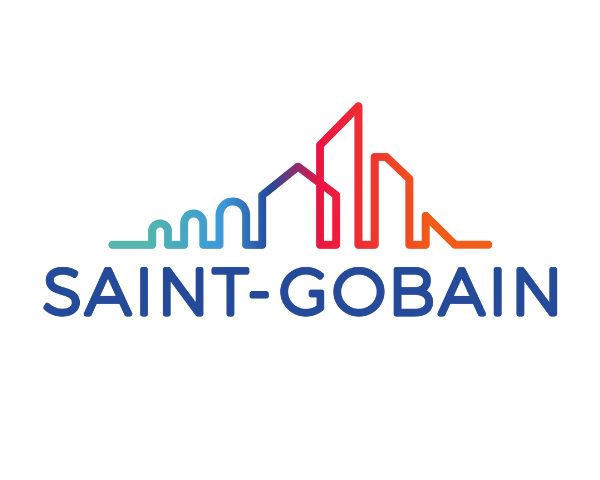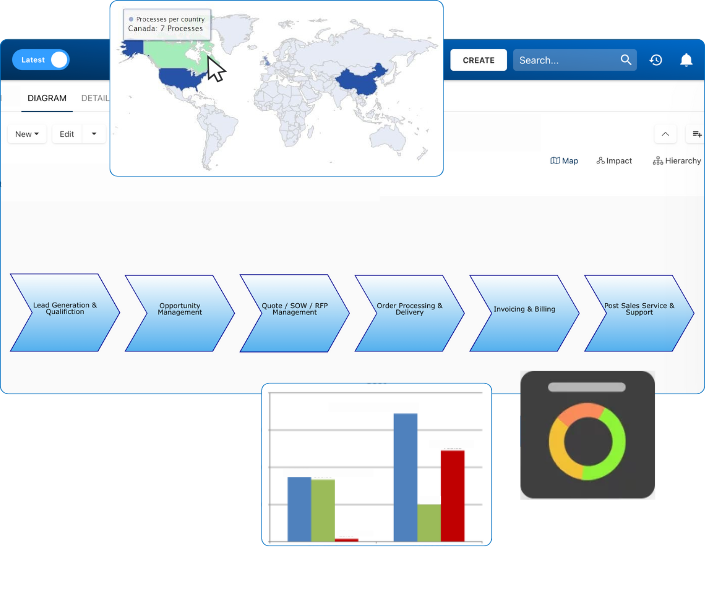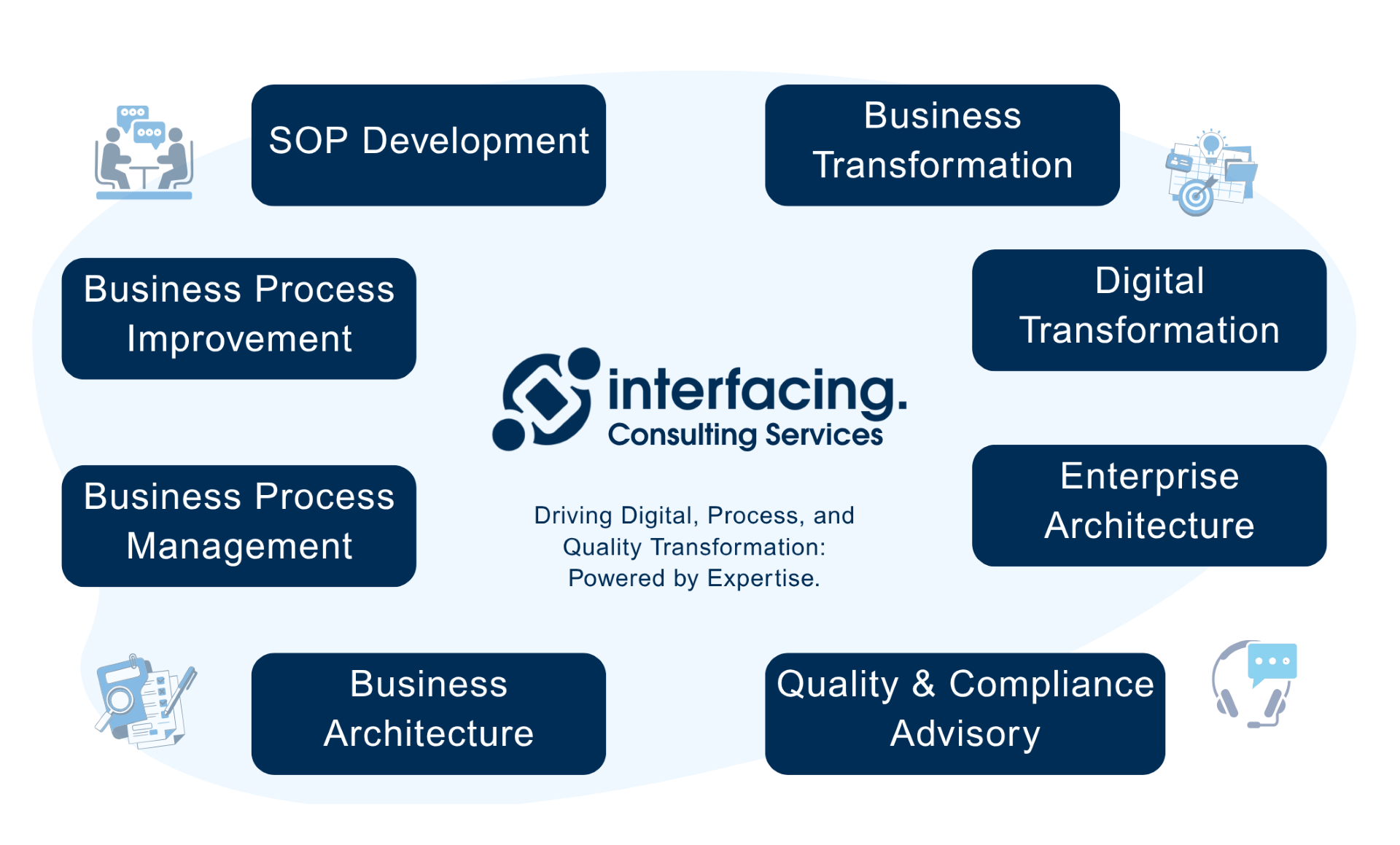- Business Process Management (BPM)Document Management System (DMS)Electronic Quality Management System (QMS)Risk, Governance & Compliance (GRC)Low Code Rapid Application Development (LC)Business Continuity Management (BCM)Enterprise Architecture (EA)Business Process Management (BPM)Document Management System (DMS)
- Document Control Overview
- AI Content Creation & Improvement
- Policy & Procedure Management (SOP)
- AI Content Mining Parser
- Collaboration & Governance
- Data Migration & Integration
- Interfacing Offline App
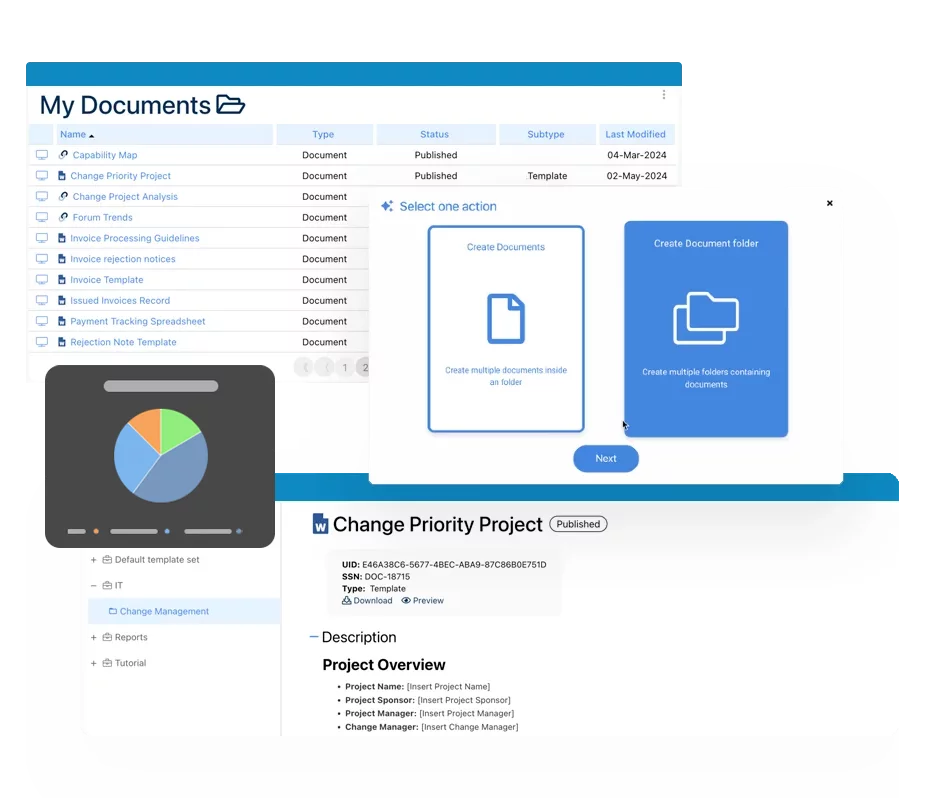 Electronic Quality Management System (QMS)
Electronic Quality Management System (QMS)- Quality Management System Overview
- Document Control & Records Management
- Audit & Accreditation Management
- Corrective & Preventative Action
- Quality Event (Non-conformity / Complaint/ Compliance)
- Risk Management
- Incident Management
- Environmental Health & Safety
- Product & Supplier Management (SCAR)
- Training Management
- Control Management
- Action Items Management
- Management Review
- FMEA
- Pharmacovigilance
- Data Migration & Integration
 Risk, Governance & Compliance (GRC)
Risk, Governance & Compliance (GRC)- Risk, Governance & Compliance Overview
- Risk & Control Management
- Regulatory Compliance
- Collaboration & Governance
- Data Migration & Integration
- Interfacing Offline App
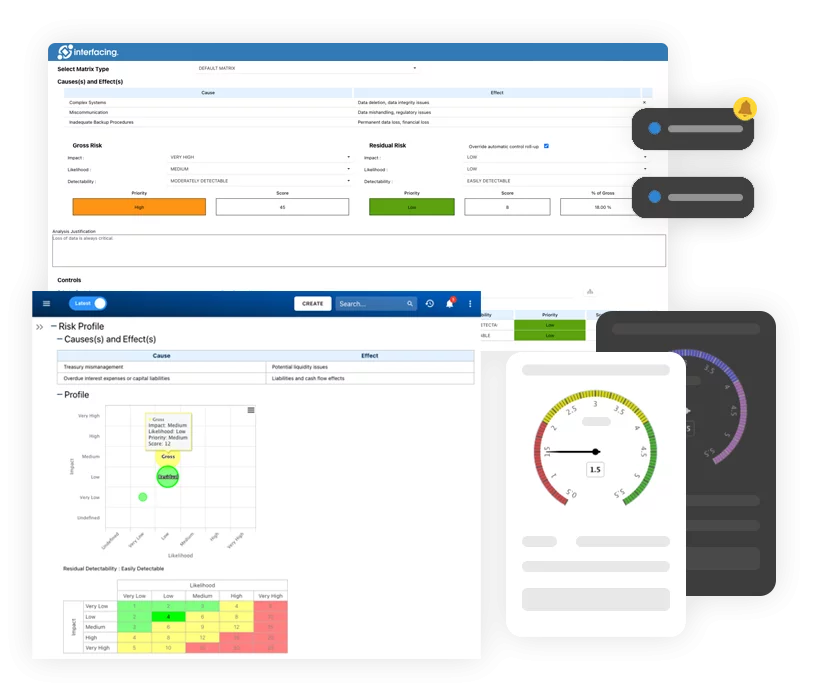 Low Code Rapid Application Development (LC)
Low Code Rapid Application Development (LC)- Low Code Automation Platform Overview
- Electronic Web Form Design (eFORMS)
- Database Table Entity Designer
- System Integration Designer
- Design & Manage Tasks
- Design & Manage BPMS Apps
- Custom Rules/Guards/Actions
- Electronic Services
- User Homepage
- BAM (Business Activity Monitoring)
- Custom Dashboard Design
- Data Migration & Integration
 Business Continuity Management (BCM)
Business Continuity Management (BCM)- Business Continuity Management Overview
- Business Impact Analysis
- Disaster Recovery Simulation
- Action Item Management
- Mass Notification Management
- Asset Management
- Interfacing Offline App
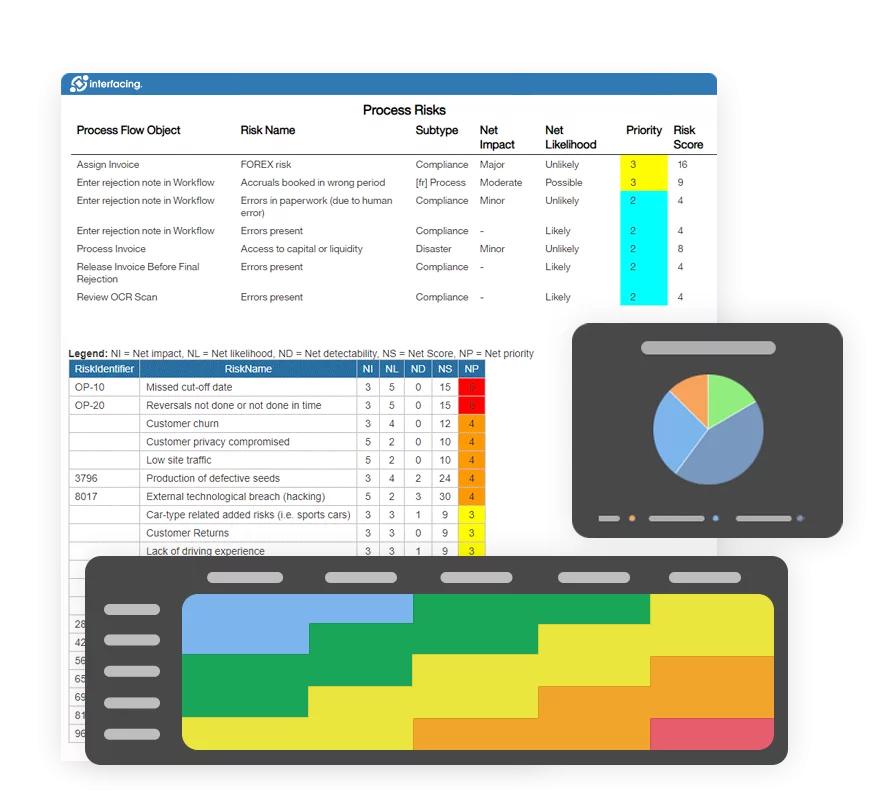 Enterprise Architecture (EA)
Enterprise Architecture (EA) - IndustriesRegulatory ComplianceUse CasesLearning CenterFramework & PracticesIndustries
- Healthcare
- Medical Device Technology
- Life Science, Pharmaceutical
- Aerospace & Defense
- Airlines and Aviation
- Media & Telecommunications
- Government and Military
- Technology
- Energy
- Logistics & Port Operations
- Banking & Capital Markets
- Retail & Consumer
- Consulting
- Education
- Engineering & Construction
- Manufacturing
- Financial Services
- Insurance
- Chemicals
Regulatory Compliance- Regulatory Compliance
- ISO
- ISO 9001 (guide)
- ISO 9001:2026 (preparation)
- ISO 17025
- ISO 27000
- ISO 27001
- ISO27002
- ISO 42001
- EU AI Act
- SOC 2 Type 1 & 2
- Sarbanes Oxley
- GxP
- GRC
- Basel
- Digital Signature
- GDPR
- IFRS
- NIST SP 800-53
 Use Cases
Use Cases- Quality Management System (QMS)
- Digital Transformation
- Continuous Improvement
- Governance, Risk & Compliance
- Knowledge Management
- System Deployment (ERP, CRM…)
 Learning CenterFramework & Practices
Learning CenterFramework & Practices - AboutCustomer SuccessPartners



AS9100 Compliance for Aerospace Quality Management
Please Select contact form.
Align with global aerospace standards, enhance safety, and streamline quality with AI-powered control and traceability.

What is AS9100?
AS9100 is a globally recognized quality management system (QMS) standard specifically developed for the aerospace, space, and defense industries. Based on ISO 9001, AS9100 adds stringent, sector-specific requirements related to product safety, risk management, counterfeit parts, and configuration management.
Originally released by the Society of Automotive Engineers and now maintained by the International Aerospace Quality Group (IAQG), AS9100 has become essential for suppliers and manufacturers seeking to work with major aerospace OEMs like Boeing, Airbus, and Lockheed Martin.
How AI Is Transforming ISO 13485 Compliance
Manual compliance management is slow, error-prone, and costly. AI helps organizations not just meet compliance—but stay ahead of it.
Here’s how AI accelerates ISO 13485 compliance:
- AI-powered process mining detects bottlenecks in QMS workflows.
- Natural language processing extracts insights from audit reports, nonconformance records, and supplier documents.
- Predictive analytics flag high-risk deviations and prevent regulatory issues.
- Smart forms and dynamic workflows streamline document control, training records, and SOP approvals.
By embedding AI into compliance frameworks, companies improve audit readiness, reduce manual errors, and stay aligned with evolving regulations.


Why AS9100 is Critical Today
With global supply chains under constant scrutiny and safety standards more rigorous than ever, AS9100 certification signals operational maturity, regulatory alignment, and a strong commitment to continuous improvement. It’s not just a badge of quality—it’s a requirement for doing business in aerospace manufacturing and support services.
AI Integration:
Today, artificial intelligence plays a key role in AS9100 compliance. Interfacing’s AI-powered process mining tools can identify gaps, streamline audits, and proactively alert teams to deviations in quality, performance, or safety protocols.


Who Needs to Comply with ISO 13485?
ISO 13485 applies to a broad set of organizations across the medical device supply chain:
- Original Equipment Manufacturers (OEMs)
- Suppliers of components and materials
- Contract sterilization and packaging services
- Developers of software used as a medical device (SaMD)
- Regulatory consultants and authorized representatives


Real-World Use Case: MRO Operations in Action (Expanded)
A leading Maintenance, Repair, and Overhaul (MRO) provider servicing both commercial and military aircraft was struggling with fragmented quality documentation, inconsistent supplier evaluations, and recurring nonconformities. Each facility had its own paper-based or siloed digital system, making it nearly impossible to centralize and audit processes in line with AS9100 standards.
Challenges Identified:
Engineering changes weren’t fully traceable or consistently approved across teams.
Audit trails for part replacements were scattered and often missing supporting evidence.
Nonconformance reporting was reactive, with no ability to predict or prevent recurring issues.
Supplier assessments were conducted manually, and corrective actions weren’t being tracked across departments.
Transformation with Interfacing:
The company adopted Interfacing’s Digital Business Platform to align its QMS with AS9100 requirements, while also implementing AI-powered tools to monitor and predict quality issues in real-time.
Key results included:
Digitized Repair Orders: Every step of the MRO workflow—from intake to inspection to certification—was mapped, validated, and monitored in real time.
AI-Driven Predictive Maintenance Logs: Historical data fed into AI models enabled early detection of recurring failure patterns across specific aircraft components.
End-to-End Traceability: With electronic signatures and automated document versioning, every repair, replacement, and inspection action was logged and audit-ready.
Supplier Performance Dashboards: Live dashboards showed which suppliers posed the highest risk, prompting proactive requalification or audits before issues escalated.
Regulatory Audit Success: The organization passed its AS9100 surveillance audit with zero major nonconformities, citing digital control, visibility, and traceability as critical success factors.
Outcome:
The shift to a unified digital QMS helped reduce audit preparation time by 80%, cut nonconformance recurrence by 32%, and boosted internal team accountability. Most importantly, it enabled the MRO to secure additional contracts with aerospace primes who require AS9100 certification.
Relevant Industries
AS9100 aerospace compliance is not exclusive to aircraft manufacturers—it serves as a foundational quality standard across a wide range of mission-critical industries. Its rigorous framework supports organizations where safety, reliability, and traceability are non-negotiable. Below are key verticals that benefit from AS9100 and how the standard plays a role in their operations.
Aerospace Manufacturers
Whether you’re producing fuselage panels, engines, landing gear, or fasteners, AS9100 ensures all manufacturing processes follow strict quality control and traceability protocols. For both Tier 1 suppliers and niche component manufacturers, compliance isn’t just preferred—it’s often a prerequisite for working with industry giants like Boeing, Bombardier, or Lockheed Martin. The standard supports risk-based thinking, design validation, and end-to-end process traceability, all essential for maintaining airworthiness and customer confidence.
Spacecraft & Satellite Technology
The growing private space sector—from satellite constellations to orbital launch systems—depends on AS9100 for quality assurance in high-stakes environments. The standard helps aerospace startups and established players alike prove their reliability to government and commercial clients. From cleanroom assembly to propulsion system testing, AS9100 provides the framework to ensure hardware survives both launch and spaceflight conditions.
Defense Contractors
Defense organizations must comply with multiple layers of regulation and oversight, and AS9100 often sits at the core of their quality assurance programs. Military buyers typically require AS9100 certification as a baseline, ensuring that contracted technology—whether avionics, radar, or tactical systems—has been designed, tested, and produced to rigorous standards. The emphasis on configuration management and counterfeit part prevention is particularly critical in defense supply chains.
MRO (Maintenance, Repair, Overhaul) Providers
Aircraft maintenance is as much about documentation as it is about hands-on expertise. AS9100 provides MRO providers with the structure to ensure that parts are sourced authentically, repairs are documented accurately, and every technician’s action is recorded for traceability. For global MROs handling multi-national fleets or military contracts, AS9100 compliance is key to customer trust and regulatory approval.
Avionics & Navigation Systems Developers
Developers of embedded systems like autopilot, terrain awareness, and flight control units operate in a zero-failure-tolerance environment. AS9100 enables these firms to implement robust lifecycle management of design, testing, software updates, and issue resolution. In combination with standards like DO-178C, AS9100 ensures that both hardware and software components meet aerospace-level scrutiny for integrity and traceability.
Additive Manufacturing & Advanced Aerospace Materials
With the rise of 3D-printed parts and new composite materials, AS9100 plays a critical role in validating the repeatability and certification of non-traditional manufacturing methods. Startups and R&D labs entering the aerospace supply chain use AS9100 to demonstrate their processes meet the same level of rigor as traditional methods.

Steps to AS9100 Certification
Achieving AS9100 certification involves a structured, multi-phase process. With Interfacing’s AI-augmented tools, each step can be accelerated and simplified.
1. Gap Analysis
Use digital checklists and process mining to assess current practices. AI can flag undocumented procedures, missing risk controls, or disconnected workflows.
2. Define Scope
Clarify which products, locations, and services are within your QMS. Interfacing helps visually model organizational boundaries and roles with EPC.
3. Documentation & Process Mapping
Every procedure must be clearly documented. Our drag-and-drop modeling and automated documentation tools reduce the burden on quality teams.
4. Implementation
Assign responsibilities, train teams, and launch controlled pilot workflows. AI can simulate impacts of new procedures before deployment.
5. Internal Audit & Corrective Action
Identify gaps through internal audits. AI-enhanced reporting detects trends and root causes faster than manual analysis.
6. Certification Audit
An external registrar evaluates your implementation. With Interfacing, you’ll have real-time dashboards and document trails ready for inspection.
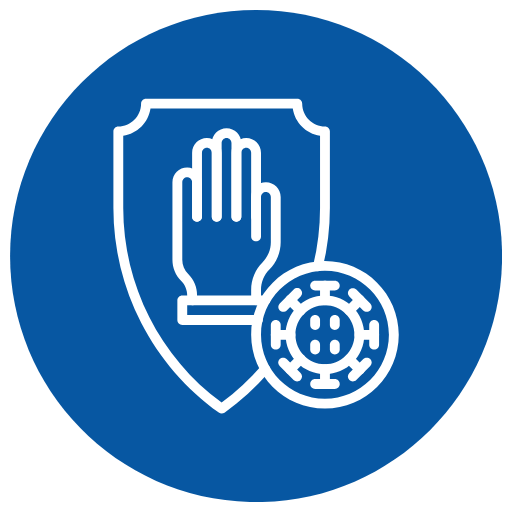
Common Pitfalls to Avoid
Lack of Configuration Management
Without proper version control and traceability, even minor changes can lead to audit failures. Interfacing ensures controlled digital change logs.
Supplier Oversight
Outsourced processes still require oversight. Many fail audits due to poor supplier risk assessments or documentation. Interfacing connects external partners into your ecosystem.
Documentation Gaps
Non-updated or missing procedures can trigger major nonconformities. Our automated lifecycle tools prevent outdated SOPs from slipping through.
Treating Certification as a One-Time Event
Sustainable AS9100 compliance is continuous. AI and analytics can ensure your system evolves with regulatory and operational changes.
How Interfacing Can Help
Interfacing’s Digital Business Platform is uniquely positioned to support AS9100 certification and ongoing compliance.
Digital Twin of Operations: Visualize every aerospace process, risk, and control in a centralized platform.
Real-Time QMS Dashboards: AI-powered insights help detect nonconformance patterns and automate preventive action.
Audit Readiness Built-In: Maintain evidence trails, version histories, and digital signatures that align with AS9100 audit checkpoints.
Supplier Quality Portals: Extend your QMS framework to external partners and suppliers for end-to-end transparency.
Explore how we helped aerospace and defense organizations streamline their operations while strengthening AS9100 compliance.

Ensure Process & Quality Governance
Interfacing’s Enterprise Process Center® (EPC) allows you to define, document, and enforce ISO 9001 quality controls organization-wide. Policies, procedures, and SOPs are directly tied to processes and roles—ensuring your QMS is embedded in everyday operations with full transparency. .

Eliminate Manual Errors with AI-Driven QMS
Standardizing documentation and workflows within EPC removes the need for spreadsheets and disconnected systems. Our AI flags outdated procedures, suggests process improvements, and helps maintain version control—reducing the risk of non-compliance and audit issues.

Gain Full Audit Readiness & Traceability
EPC provides real-time traceability across all quality processes—from document approvals to CAPA workflows. With automated audit trails and visual process maps, you’re always ready for certification audits and internal reviews, no last-minute scrambling required

Improve Operational Efficiency Without Sacrificing Compliance
Interfacing’s QMS automates routine tasks such as change control, training sign-offs, and document updates. This not only frees up valuable staff time, but also ensures consistent adherence to ISO 9001 guidelines across all departments and geographies.

Reduce the Cost of Quality Compliance
With centralized process governance and AI-enhanced workflows, EPC reduces the overhead of maintaining your QMS. From smarter audit prep to fewer non-conformities, organizations save time, cut errors, and accelerate their path to ISO 9001 certification.

Build a Culture of Continuous Improvement
ISO 9001 is about more than passing audits—it’s about evolving your organization. Interfacing’s platform helps identify quality gaps, track corrective actions, and promote ongoing learning and accountability—turning compliance into a competitive advantage.
Why Choose Interfacing?
With over two decades of AI, Quality, Process, and Compliance software expertise, Interfacing continues to be a leader in the industry. To-date, it has served over 500+ world-class enterprises and management consulting firms from all industries and sectors. We continue to provide digital, cloud & AI solutions that enable organizations to enhance, control and streamline their processes while easing the burden of regulatory compliance and quality management programs.
To explore further or discuss how Interfacing can assist your organization, please complete the form below.

Documentation: Driving Transformation, Governance and Control
• Gain real-time, comprehensive insights into your operations.
• Improve governance, efficiency, and compliance.
• Ensure seamless alignment with regulatory standards.

eQMS: Automating Quality & Compliance Workflows & Reporting
• Simplify quality management with automated workflows and monitoring.
• Streamline CAPA, supplier audits, training and related workflows.
• Turn documentation into actionable insights for Quality 4.0

Low-Code Rapid Application Development: Accelerating Digital Transformation
• Build custom, scalable applications swiftly
• Reducing development time and cost
• Adapt faster and stay agile in the face of
evolving customer and business needs.
AI to Transform your Business!
The AI-powered tools are designed to streamline operations, enhance compliance, and drive sustainable growth. Check out how AI can:
• Respond to employee inquiries
• Transform videos into processes
• Assess regulatory impact & process improvements
• Generate forms, processes, risks, regulations, KPIs & more
• Parse regulatory standards into requirements

Request Free Demo
Document, analyze, improve, digitize and monitor your business processes, risks, regulatory requirements and performance indicators within Interfacing’s Digital Twin integrated management system the Enterprise Process Center®!
Trusted by Customers Worldwide!
More than 400+ world-class enterprises and management consulting firms




















